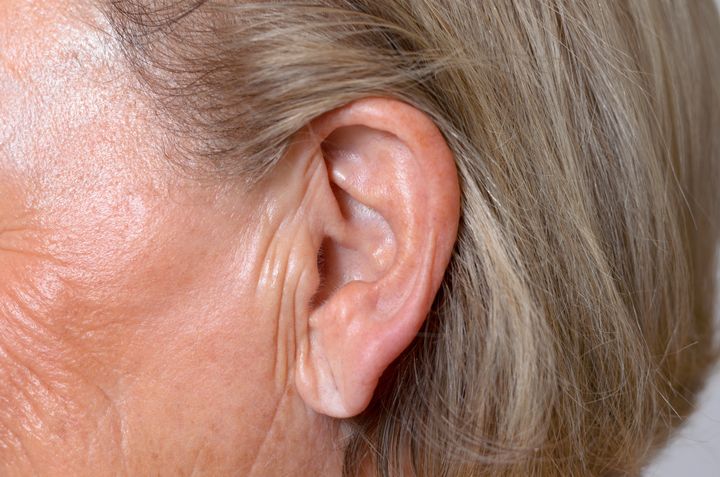People with a diagonal crease in their earlobes could be more at risk of stroke, a study has suggested.
The mark, known as Frank’s sign, was first described in 1973 by American physician Dr Sanders T. Frank, who thought it might be a predictor for future heart problems in patients.
More recently, scientists wanted to examine the association between Frank’s sign and ischaemic stroke, where a blockage cuts off the blood supply to the brain.
They discovered that more than three quarters of stroke patients had a creased earlobe.

Researchers from Israel tested Frank’s sign in the ears of 241 patients who were hospitalised with acute stroke.
They found that a diagonal crease was present in 190 patients (78.8% of the overall group).
Experts concluded that Frank’s sign could predict stroke and added that doctors should consider adding the sign to a list of classic risk factors for the development of the condition.
Their findings were published in the American Journal of Medicine.
Dr Yaqoob Bhat, clinical director for stroke medicine at the Aneurin Bevan University Health Board in South Wales, said the study should be treated with caution.
“The so-called Frank’s sign in the earlobes has been recognised as having a possible association with advanced age, but some studies have shown its association with cardiovascular risk factors like diabetes, hypertension, ischaemic heart disease, and peripheral vascular disease,” he told the Mail on Sunday.
“This new study suggests an association with increased risk of stroke, but further studies are needed to assess its importance.”
According to the NHS, the best way to help prevent stroke is to “eat a healthy diet, exercise regularly and avoid smoking and drinking too much alcohol”.